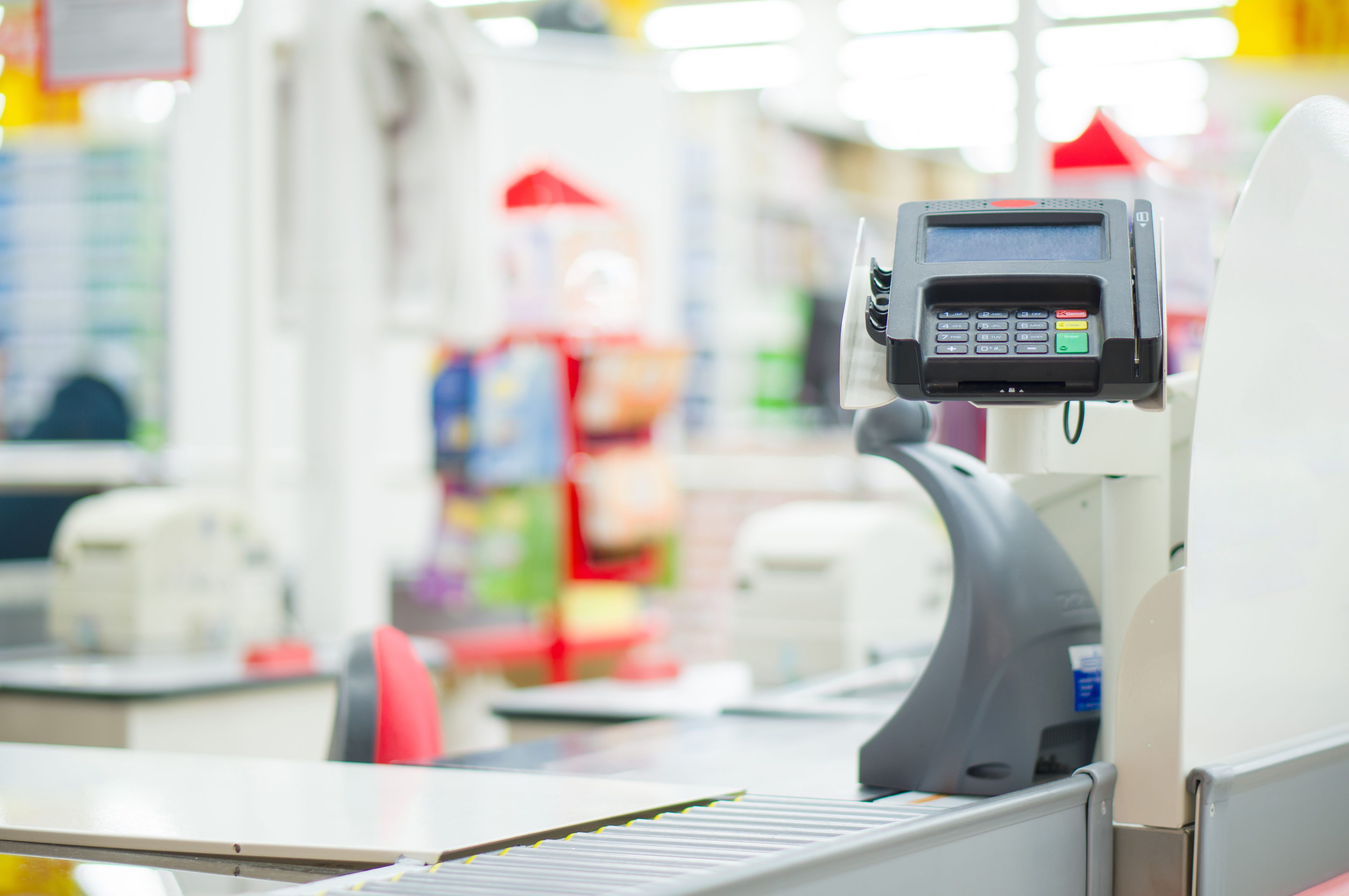Now in the second year on its own after the eBay spinoff, PayPal remains a key player in the payments ecosystem. As the following article reports, PayPal’s growth strategy is setting the company on a favorable course as it both competes and partners with heavyweights for payments transaction market share.
PayPal Holdings (NASDAQ: PYPL) is a simple business to understand. In the last two quarterly earnings reports, after highlighting results for revenue and earnings per share, PayPal began discussing two financial metrics that drive everything management does to grow the value of the business for shareholders: Active customer accounts and Transactions per active account
Since PayPal was spun off from eBay over a year ago, partnering with banks and credit card issuers, such as Visa (NYSE: V), Mastercard (NYSE: MA), and Citigroup (NYSE: C), has become a core part of PayPal’s strategy. These partnerships go a long way toward increasing customer adoption and engagement because of the number of locations that will accept PayPal. Offering customers more choices and expanding the number of ways customers can use their PayPal accounts is a good way to attract more customers and drive higher frequency of use per customer.
Partnerships are crucial to PayPal’s strategy, but equally important is the steady stream of new features and add-on services PayPal introduces to encourage customers to use PayPal more frequently, as well as making it easier and more convenient for customers to send money. For example, Apple’s new iOS 10 software upgrade for iPhone allows Venmo users to use Siri to send and request money. Venmo is a peer-to-peer (P2P) payments app owned by PayPal that is very popular among millennials.
Also, PayPal has launched new capabilities to Xoom — its international payments transfer business — to allow users to link their PayPal and Xoom accounts. This immediately added 10 new countries users can send money to, bringing the total number of accessible markets for PayPal and Xoom users to over 200 worldwide.
PayPal has decided that it’s better to share transaction fees with networks and other providers, albeit at a lower rate. The alternative is to take less volume at higher fees, but these numbers apparently do not work as well for PayPal. That’s why the past year has seen PayPal make agreements with Mastercard and Visa for a piece of the payments action. Thus far, PayPal is becoming more widely known and used across global markets, and that outcome is exactly what they are hoping for.
Overview by Raymond Pucci, Associate Director, Research Service at Mercator Advisory Group
Read the full story here











